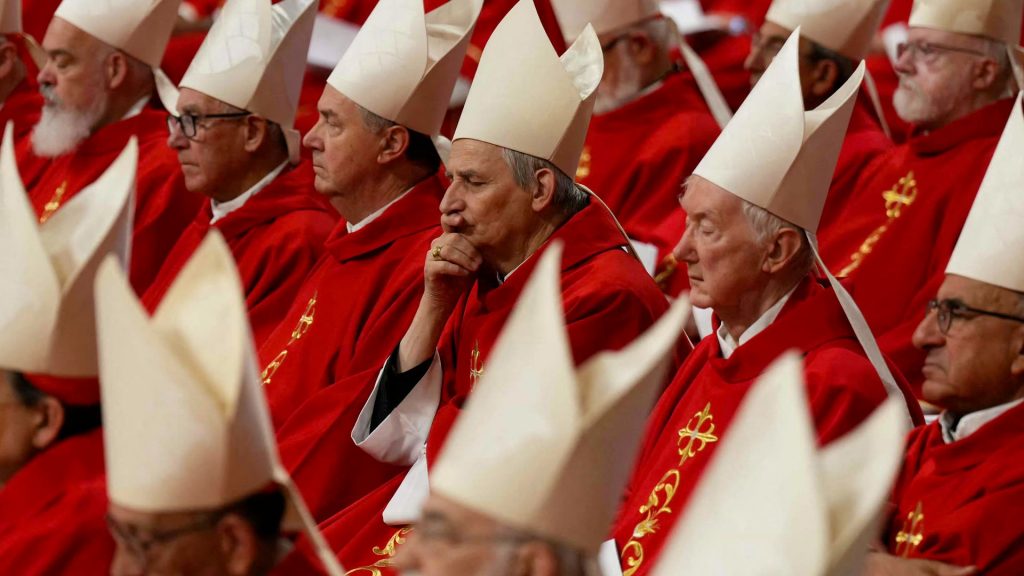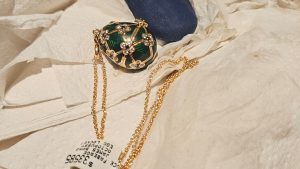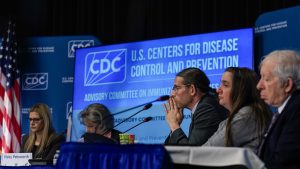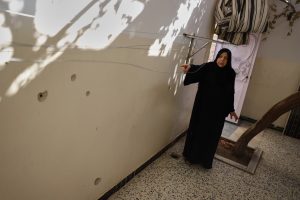Conclave to elect new pope set to begin May 7. What is that?
Ella Greene April 28, 2025 0
The Vatican announced that the conclave to elect a new pope will begin on Wednesday, May 7. Now that Pope Francis’ funeral has concluded, the Vatican has closed the Sistine Chapel to visitors as it prepares for eligible members of the College of Cardinals to sequester themselves there until a decision is made.
The Catholic Church has around 1.4 billion members around the world, according to Reuters.
Who are the eligible members of the College of Cardinals?
Cardinals are senior members of the church, usually bishops or archbishops, whom the pope appoints to serve as key advisers. That group of advisers is known as the College of Cardinals.
There are currently 252 cardinals serving in the Catholic church worldwide, but 135 are eligible for the upcoming conclave. Only cardinals under the age of 80 can vote for a new pope.
Of the 135 set to meet starting May 7, 108 were made cardinals by Francis.
Once the conclave begins, the cardinals will not be allowed to emerge from the Vatican until a new pope is selected.
What is a conclave?
A conclave is the meeting of cardinals with the purpose of selecting a new pope. The word “conclave” is of Latin origin. It means “with key” and is a reference to the isolation cardinals are kept in.
While the conclave is happening, cardinals are not allowed any communication with the outside world. Cellphones, internet, television and newspapers are banned.
The longest conclave lasted almost three years, between 1268 and 1271, when Gregory X was elected. However, many past conclaves only lasted a few days. The conclave in which Francis was chosen lasted about two days.
Cardinals must swear an oath of secrecy before they vote. If cardinals disclose any information from within the conclave they are excommunicated by the church.
How does the conclave come to its decision?
On the first day of the meeting, one ballot is held. Every day after that, the cardinals vote twice a day until a new pontiff has been appointed.
A two-thirds majority vote chooses a new pope. That means at least 90 of the cardinals voting in the 2025 conclave must agree upon Francis’ successor.
The new pope is often chosen from among the ranks of cardinals in the conclave.
For the votes, each cardinal writes their chosen candidate’s name on a ballot, disguising his handwriting. They then deposit the paper onto a ceremonial plate on an altar at the front of the chapel. The plate is tipped so the ballot can slide into a chalice-urn.
Handwritten entries are counted and recorded by three cardinals at the altar, known as scrutineers. These entries are put into a separate urn. A third urn is used to ferry ballots from cardinals too sick to leave their sleeping quarters.
If there is no two-thirds majority after three days, voting is paused for a day to allow time for prayer, discussion and a “brief spiritual exhortation” by the senior cardinal in the Order of Deacons.
How will we know when a new pope has been chosen?
Every time the conclave votes, the ballots are burned and a plume of smoke rises into the air above St. Peter’s Square, according to ABC News.
If the smoke is black, the Holy See remains vacant.
When enough cardinals have agreed on a candidate, he is then asked if he accepts the papacy. If so, he chooses a name by which he wishes to be known, then the ballots are once again burned. This time they produce white smoke.
The new pontiff will don his new papal vestments and sit on a throne in the Sistine Chapel to receive the other cardinals as they swear obedience to the church’s new leader.
Then, from the central balcony of St. Peter’s Basilica overlooking the square, the senior cardinal deacon will tell the world who the new pope is.
Ella Rae Greene, Editor In Chief
Ella Greene
Ella and the staff at Clear Media Project (CMP) curate these articles.
Unless otherwise noted CMP does not write these articles.
The views, thoughts, and opinions expressed in the articles published on this blog belong solely to the original authors and do not necessarily reflect the views of the blog owner. The blog owner does not claim ownership of the content shared by contributors and is not responsible for any inaccuracies, errors, or omissions.
All rights and credits goes to its rightful owners. No Copyright Infringement is intended. If you believe any content infringes on your rights, please contact us for review and potential removal.





